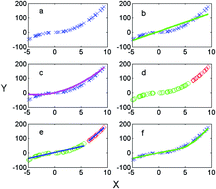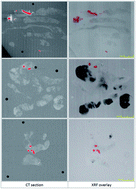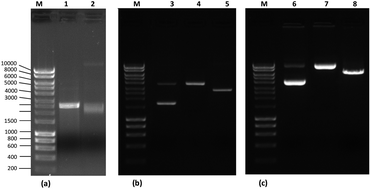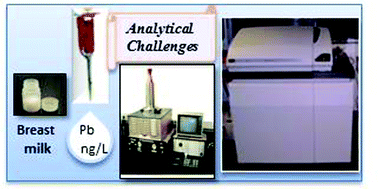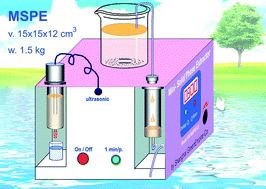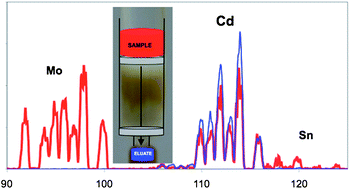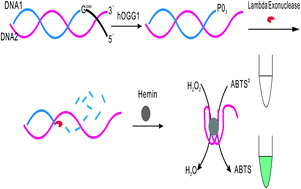Statistical methods such as partial least squares (PLS) and principle component analysis (PCA) have been used to process vibrational spectra in order to understand certain trends between samples and their spectra. However, these methods and similar ones break down when the variables demonstrate a nonlinear relationship.
Guangzaho Huang and researchers at Wenzhou University explored updating a genetic algorithm to process nonlinear data. They found that this genetic algorithm PLS (GS-PLS) model performed more effectively than other PLS models did, particularly when nonlinearity was the primary restricting factor. The GS-PLS worked in both simulated data sets and using near infrared spectra from different materials.
To read more about this new method, click the link below. It will be free to read until May 11th.
A segmented PLS method based on genetic algorithm
Guangzao Huang, Xiukai Ruan, Xiaojing Chen, Dongxiu Lina and Wenbin Liua
Anal. Methods, 2014, 6, 2900-2908
DOI: 10.1039/C3AY41765D


